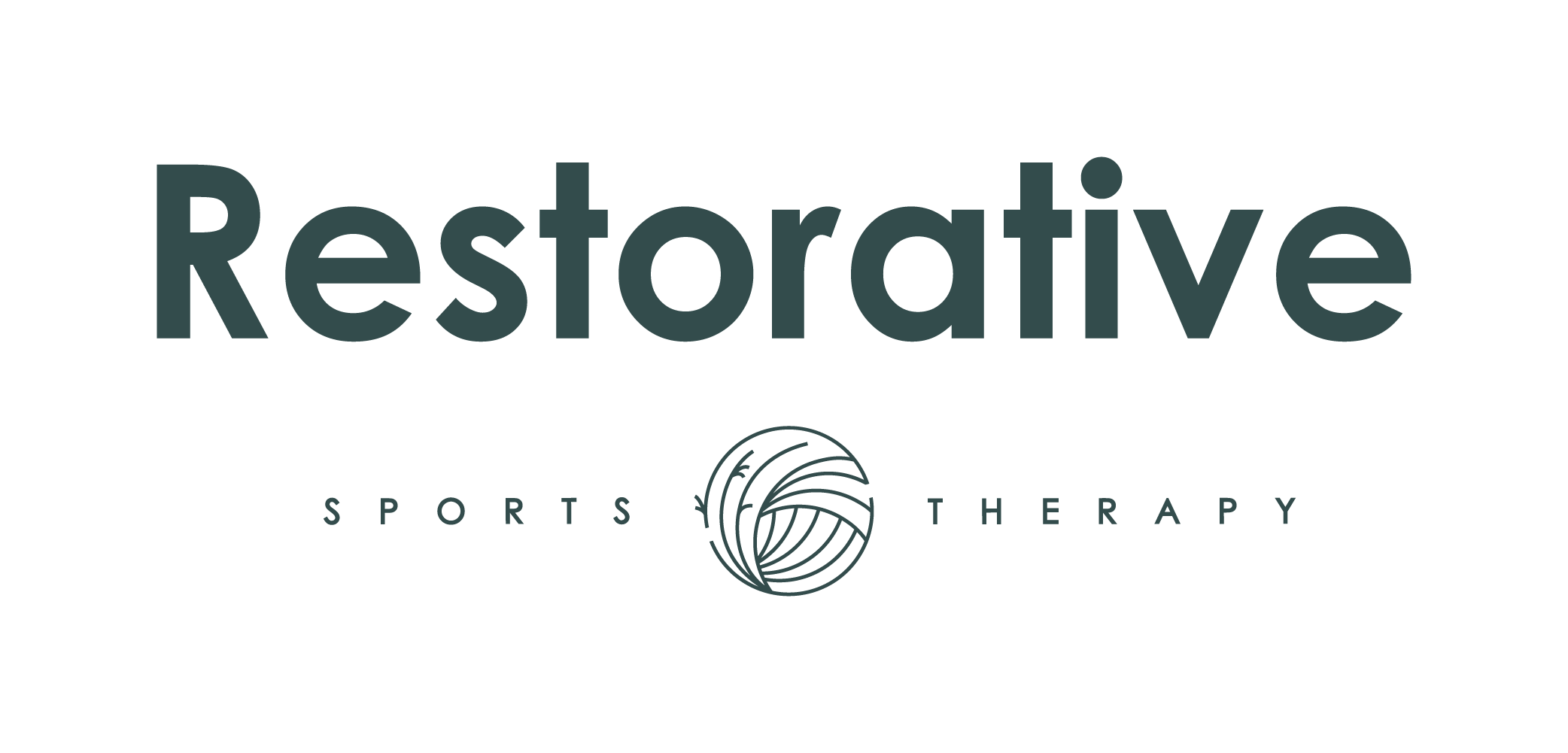GOAL directed vs PROCESS directed – How do we learn to build a strong foundation physically, mentally and emotionally.
How often have you set a new fitness or lifestyle goal, hoping for a perfect linear path to the end result? Two years ago, I was asked to run a leg of a 100km relay, training was going great, when suddenly my plantar fascia started to hurt. I modified, cross-trained, reduced mileage and with a huge let down I had to back out of the race. I felt frustrated and thought to myself why does this always happen to me! Sound familiar? Insert training for your first 5km or triathlon, starting a new nutrition program or committing to a daily meditation practice. We typically set goals and expect the journey to look picture perfect.
Having and making goals are great, however rushing to the finish line can often lead to injury, frustrations, or worse, you can miss out on crucial learning opportunities about both yourself and your body. I have since then switched from being goal directed to process directed. It takes me longer to reach a goal, but it also sets me up for building a strong foundation for which movement can take place on, as well as strengthens behaviors on how to overcome obstacles. Being process directed and moving slowly can definitely be an advantage to not having an overuse injury and allows you to identify, learn, and grow from mistakes.
We all go through setbacks as a normal part of life. It is how we respond to those challenges that determines if we are going to spiral downwards, stagnate or grow and develop. In my practice, clients often initiate therapy during some setback, such as a repetitive strain injury, tendinitis, or joint pain. Many expect or hope progress to be linear—-that they should continue to feel better and better each day in a straight path upwards. However, it is more common for people to make progress, experience a setback, learn from it, recover, and then make progress again. The human body adapts to the demands being put on it, as long as the applied load is not greater than the body’s capacity to adapt. Overuse injuries are caused by an overload of the body’s anatomical structures-such as bone, tendons and muscles. Every new stimulus must be integrated progressively. And keep in mind, the capacity to adapt to a mechanical stress is different for everyone, be selfish enough to do your own training program, even if you are part of a group class. If you need to take a day off, run one less hill, or modify your movements for a couple of workouts for your body to adapt – DO SO! Consistency is more important than intensity.
When a stressor or transition in life occurs during your new lifestyle journey, it is normal for us to experience regressions —a fallback to old patterns, behaviors and ways of thinking. Part of psycho-spiritual development is learning how to recognize those “loops” in life and implement strategies to recover and get back on course. These include practicing self-compassion, self-care, accessing support, reflecting and learning from the setback, thinking positively and taking action to move forward. The goal is to have the regressions be fewer, less frequent and less intense. Praise behaviors instead of outcomes- then your psychology around fitness and a healthy lifestyle become associated with taking action and showing up for yourself rather than metrics that are most of the time fickle and have limited control over. Consistent behaviors often lead to long term sustainable outcomes.
~Find your passion, find what moves you, find your strength in movement~

![Restorative_Physio__Cameron_May_Photography-44[1].jpg](https://images.squarespace-cdn.com/content/v1/5aeb5ec870e802ba3dd1b5a8/1556166189992-LMW9PEZHAVZFCAJDCIDP/Restorative_Physio__Cameron_May_Photography-44%5B1%5D.jpg)